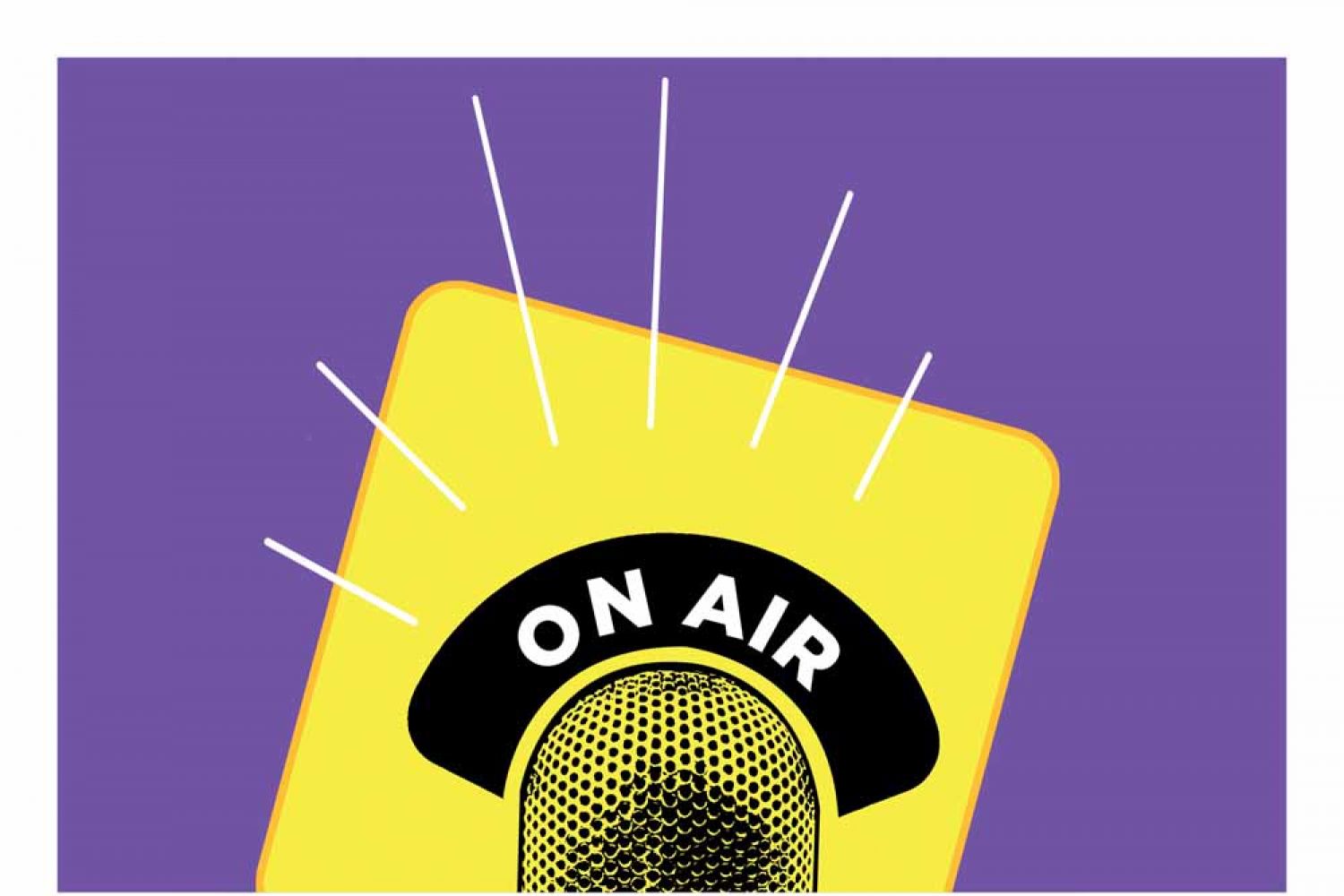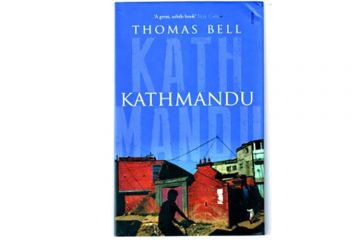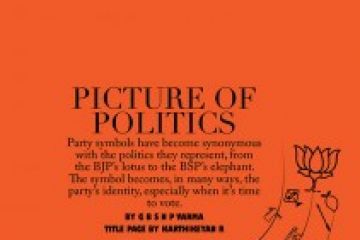
What’s the fastest-changing landscape in the USA? You might
be forgiven for thinking the answer is politics, but it’s actually radio. In a
country renowned for the moving image, whether it be film or television, it may
be somewhat surprising to learn that radio is at the forefront of broadcasting
across the US. Radio listenership, both terrestrial and digital, has been
rising steadily over the past two years, according to 2017 Nielsen figures,
with news and talk radio leading what peopl





